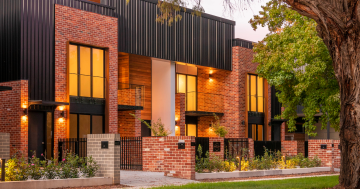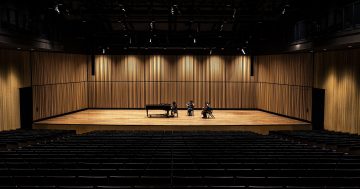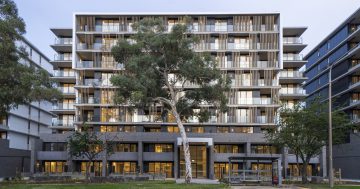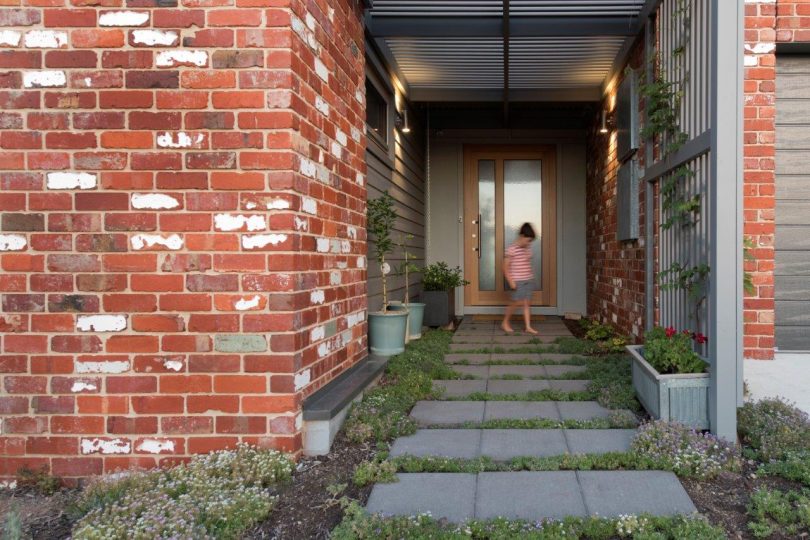
Coombs house by The Mill. Photos: Supplied.
With 2020 being what it is, a year of natural disaster, climate crisis and global pandemic, it has offered up a great deal of time to think. I have been left with one recurrent thought, why do we invest so little energy into our homes, the spaces we ask to protect us in the most desperate of times?
I don’t mean the kind of energy that keeps our Netflix powering (the climate crisis makes it clear that we use far too much of that), I mean the energy that we invest in deciding what’s important in our homes before we build the buildings to which we return at the end of each day or, as we now appreciate more than ever before, retreat to in times of danger.
Despite how vitally important these spaces are, we continue to build in a way that prioritises size over character, outdoor space, and comfort.
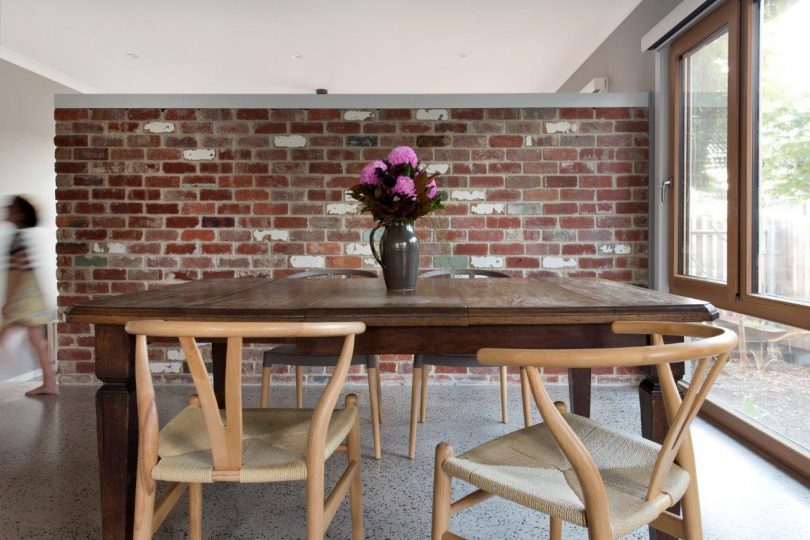
Coombs house interior, by The Mill.
It might be hard to believe, but there was a time when architecture belonged to the people, to those willing to experiment, to the brave.
Young families bought blocks of land and employed architects to design homes for them to raise their children in. Budgets were low, experimentation was everywhere, and optimism was high. Canberra was built on it. In fact, we have one of the few truly designed cities in the world.
Currently in Australia, less than 5 per cent of single houses have any form of architectural involvement. Increasingly, public buildings have less involvement also.

The Mill at Jerrabomberra, by The Mill.
Our cities are becoming less habitable, and our suburbs both old and new are becoming edifices to maximum plot ratio rather than to the hopes and dreams of our nation. In Canberra, we also have a shortfall in social housing dwellings.
As a community, we need to ensure that the most vulnerable among us have somewhere safe and secure to live, and that their homes have meaning and are well designed.
So, what is stopping us from employing architects to design our homes? The most common reason I hear for not employing an architect is cost. And while, like all professionals (doctors, lawyers, engineers) an architect’s time and expertise should be compensated, the myth that a custom-built home is unattainable on a regular budget needs to be dispelled.

Well designed small houses can suit all needs.
A few years ago, my husband and I looked to build a house of our own. Like most young families the budget for the build was highly constrained. On top of wanting a home that kept us safe and comfortable, we also wanted to prove that we could build a high performing home on a standard block for a reasonable price.
What resulted was an 8-star house for the same cost as a townhouse (our block was obtained under the ACT Government Land Rent Scheme). What we sacrificed to achieve that performance were spaces that were not important to the way we live as a family, spaces like a home theatre, an alfresco, and an oversized master suite.
And what we proved to more than just ourselves, was that architecture does not need to come with the luxury price tag.
Imagine for a moment what would happen if more of us chose to consider what we specifically need out of a home before we started the build.
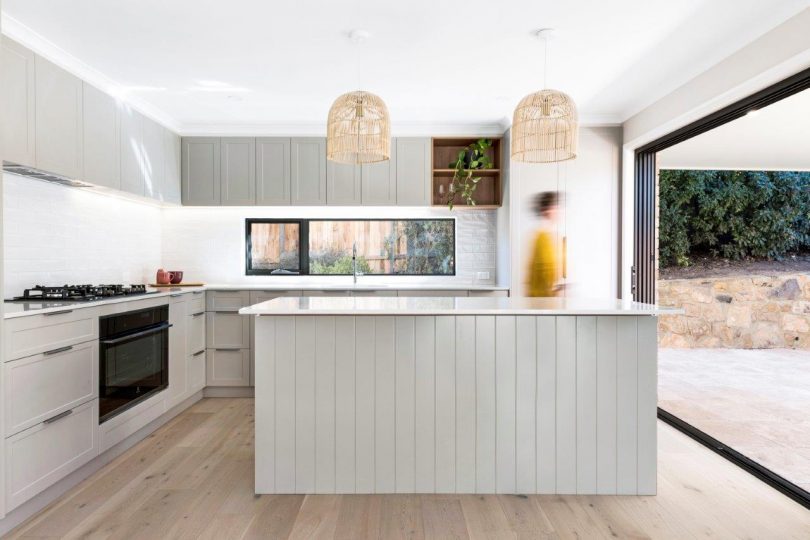
The Mill at Jerrabombera, by The Mill.
Imagine if our suburbs were filled with more than just cookie-cutter versions of the same tick list of so-called essential ingredients: four bedrooms, two bathrooms, alfresco and double garage, all built to ensure maximum site coverage and apparent resale potential.
What if, instead, we built for the enjoyment of those building the home? What if we dared to care enough for ourselves, that we invested the time and energy in designing a home that meets the kind of life we live, and what if we built (to borrow from Kevin McCloud during his recent Australian tour) just enough. No more, no less, just enough.
So, in a year that has taught us so many lessons in the most painful of ways, let us learn this lesson too; let us care for ourselves enough to do better. To do better with our cities and better with the most sacred of all spaces, our homes.
Shannon Battisson RAIA is the ACT Chapter President of the Australian Institute of Architects.














